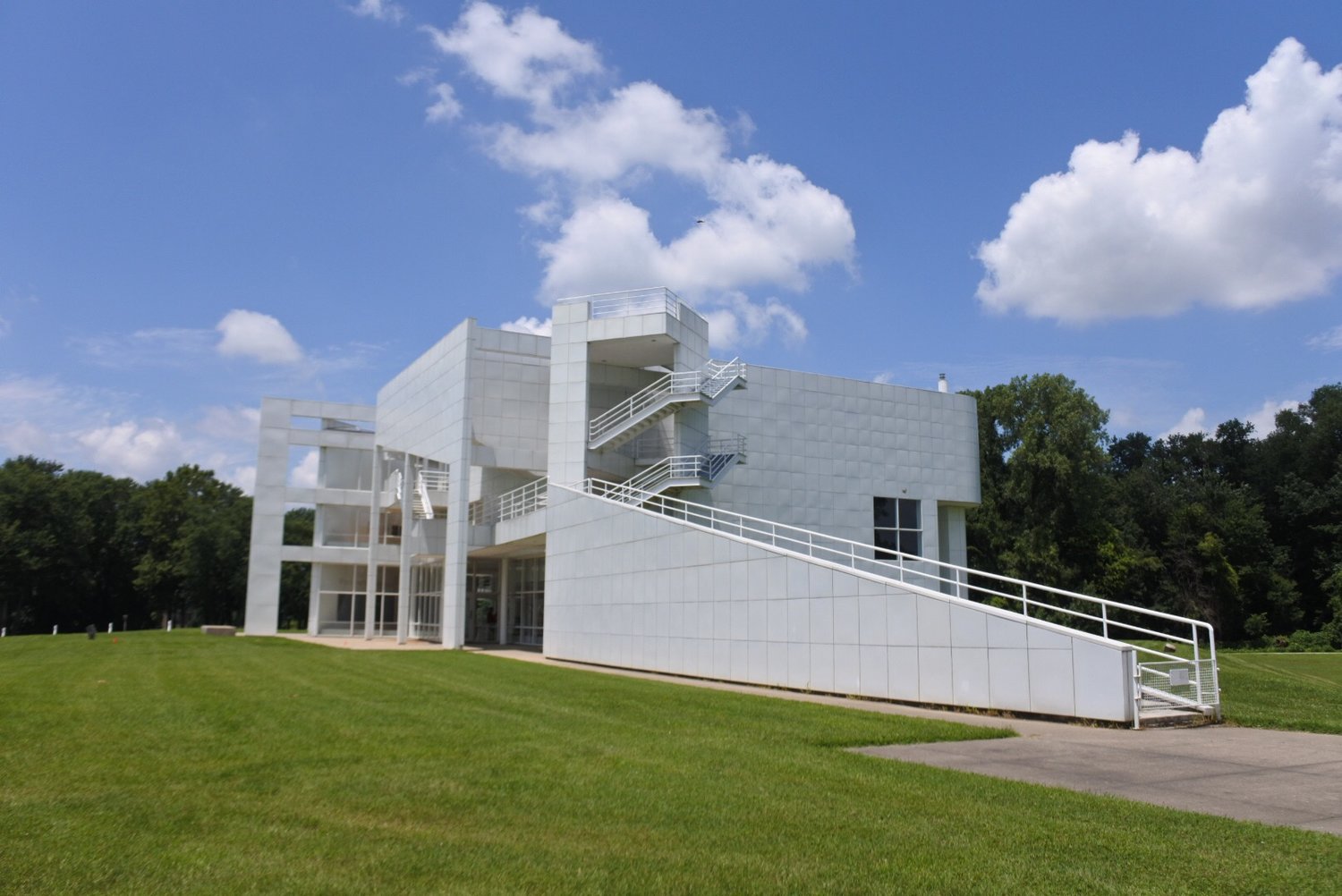Secrets Of Indiana’s New Harmony Utopian Communities

Have you ever wondered about the utopian communities in Indiana's New Harmony? This small town holds a rich history of two unique social experiments. Founded in 1814 by the Harmonie Society, New Harmony aimed to create a perfect society. Later, in 1825, Robert Owen purchased the town to establish another utopian community focused on education and equality. Today, visitors can explore historic buildings, beautiful gardens, and museums that tell the story of these ambitious projects. Whether you're a history buff or just curious, New Harmony offers a fascinating glimpse into the past. Ready to step back in time?
Discovering New Harmony's Utopian Roots
New Harmony, Indiana, a small town with a big history, was once home to two utopian communities. These communities aimed to create perfect societies based on shared values and communal living. Let's explore some of the key places that tell the story of New Harmony's utopian past.
The Harmonist Labyrinth
The Harmonist Labyrinth is a must-see. Built by the Harmony Society in the early 1800s, this maze symbolizes the spiritual journey of life. Walking through it offers a peaceful, reflective experience.
- Harmonist Labyrinth: A serene maze representing life's spiritual journey, built by the Harmony Society.
Thrall's Opera House
Thrall's Opera House, originally constructed in 1824, served as a community gathering place. It hosted lectures, plays, and musical performances, reflecting the cultural aspirations of the utopian settlers.
- Thrall's Opera House: A historic venue for lectures, plays, and music, showcasing the cultural life of the community.
The Roofless Church
The Roofless Church, designed by architect Philip Johnson, stands as a symbol of unity and open-mindedness. This unique structure invites visitors to reflect on the spiritual ideals of the utopian communities.
- The Roofless Church: An open-air church symbolizing unity and spiritual openness, designed by Philip Johnson.
New Harmony State Historic Site
The New Harmony State Historic Site preserves many original buildings from the town's utopian days. Visitors can explore these structures to get a sense of daily life in the 19th-century utopian community.
- New Harmony State Historic Site: A collection of preserved buildings offering a glimpse into 19th-century utopian life.
The Working Men's Institute
Founded by William Maclure, the Working Men's Institute is the oldest continuously operating public library in Indiana. It was established to promote education and self-improvement among the community members.
- The Working Men's Institute: Indiana's oldest public library, promoting education and self-improvement since its founding by William Maclure.
The Rapp-Owen Granary
The Rapp-Owen Granary, built by the Harmonists and later used by the Owenites, is a testament to the agricultural practices and communal efforts of both utopian groups.
- The Rapp-Owen Granary: A historic granary reflecting the agricultural and communal efforts of the Harmonists and Owenites.
The Atheneum
The Atheneum serves as the visitor center for New Harmony. Designed by architect Richard Meier, it provides an introduction to the town's history and the ideals of its utopian founders.
- The Atheneum: A visitor center designed by Richard Meier, offering insights into New Harmony's history and utopian ideals.
Maclure Conservatory
The Maclure Conservatory, named after William Maclure, showcases the botanical interests of the utopian settlers. It houses a variety of plants and serves as a reminder of the community's connection to nature.
- Maclure Conservatory: A botanical haven named after William Maclure, highlighting the settlers' love for nature.
The Harmonist Cemetery
The Harmonist Cemetery, also known as the "Quiet Place," is where many original Harmonists were laid to rest. This peaceful spot offers a moment of reflection on the lives and legacies of New Harmony's early residents.
- The Harmonist Cemetery: A tranquil resting place for the original Harmonists, known as the "Quiet Place."
The Owen-Maclure Compound
The Owen-Maclure Compound includes several buildings used by Robert Owen and William Maclure during their time in New Harmony. These structures provide insight into the leadership and vision of the town's second utopian community.
- The Owen-Maclure Compound: Historic buildings that offer a glimpse into the leadership of Robert Owen and William Maclure.
The Labyrinth Garden
The Labyrinth Garden, inspired by the original Harmonist Labyrinth, is a modern addition to New Harmony. It provides a space for contemplation and connection with nature, continuing the town's tradition of spiritual reflection.
- The Labyrinth Garden: A modern garden inspired by the original labyrinth, offering a space for contemplation and nature connection.
Discovering New Harmony's Legacy
New Harmony's utopian communities offer a unique glimpse into the past. These settlements were built on ideals of equality, education, and innovation. Walking through the town, you can see how these principles shaped its development. The historic buildings, museums, and gardens tell stories of people striving for a better society. Visiting New Harmony isn't just about looking back; it's about understanding how these ideas can inspire us today. Whether you're a history buff or just curious, this town has something to offer. Take the time to explore, learn, and reflect on the lessons from this ambitious experiment in community living. New Harmony's legacy continues to resonate, reminding us of the power of vision and collective effort.

